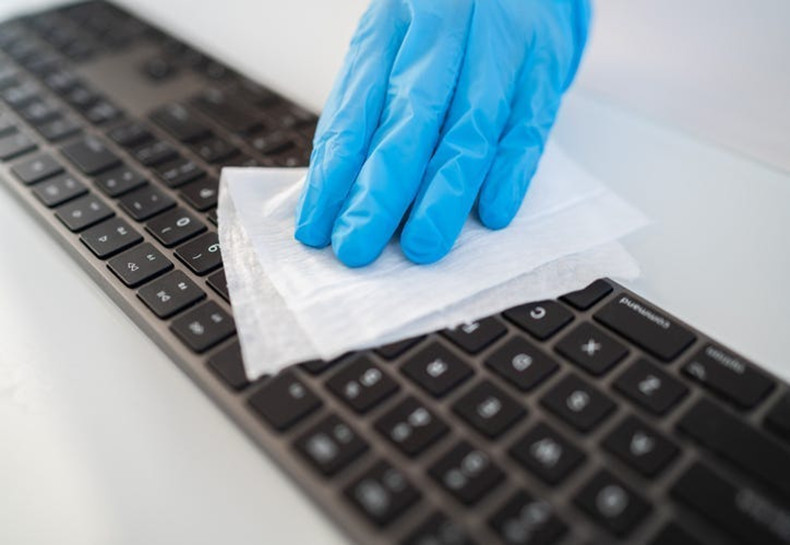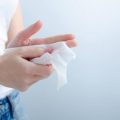Do disinfecting wipes kill the Coronavirus?
What are disinfectant wipes?
These disposable cleaning wipes have a germicidal solution on them. They are designed to kill viruses and bacteria on hard surfaces such as doorknobs, counters, and television remote controls, Dr. McWilliams said. They do not work on soft surfaces such as clothing or upholstery. The germicidal ingredients on disinfecting wipes are chemical insecticides, so you shouldn't use them on your skin. You shouldn't use them on food either. (For example, don't use it to wash an apple before you eat it.) The word insecticide may be worrisome, but don't panic. As long as your antiseptic wipes are registered with the U.S. Environmental Protection Agency (EPA), they can be used safely as directed.

Do disinfecting wipes kill the coronavirus?
Many wipes do, but just because they say they're sterile doesn't mean they'll kill the coronavirus. So how do you know for sure? The label will tell you which bacteria the wipes will kill, so watch out for coronaviruses on the label, says Dr. McWilliams. There are hundreds of EPA-registered disinfectants that can kill coronaviruses. Don't worry about a particular ingredient or brand. Just look at the label. To find out which wipes will kill the coronavirus, check out the EPA's running list of coronavirus disinfectants.
Are disinfecting wipes safe?
If you follow the steps above, they will succeed. But stick to one product. Mixing two different household cleaners, even so-called natural cleaners can produce toxic fumes. These fumes can cause:
- Coughing
- Trouble breath
- Nausea
- Eye, nose, throat and lung irritation
- Wheezing
- Pneumonia
Disinfecting wipes VS antibacterial wipes
Disinfectant wipes are used on hard surfaces in the home. If your wipes say "disinfecting" or "antibacterial," they're probably used to wipe your hands. Antibacterial wipes kill bacteria, not viruses, says Dr. McWilliams. They are usually for your hands, but read the instructions to be sure.
Coronavirus is a virus, not a bacterium, so antibacterial wipes may not kill it. That's why reading labels is so important. Disinfecting wipes may be alcohol-based wipes for hands, or they may be disinfecting wipes for surfaces. Read the label so you know what you're eating.
How to use disinfectant wipes the right way?
Disinfecting wipes contain chemicals, so they need to follow safety procedures. Use them as directed to ensure that unwanted bacteria disappear forever.
- Check EPA approvals. Look at the small print on the package. EPA-approved products have a long EPA registration number.
- Read the instructions and warnings. There are so many different disinfectants out there, it helps to know what you're using. In most cases, you need to wear gloves to protect your skin. The instructions also tell you what to do if you accidentally put the cleaning fluid in your eyes.
- Remove visible gunk or dirt first. Use a rag, soap, water, or paper towels. You may need to wear gloves during this step.
- Scrub with a paper towel and let the disinfectant do its work. Wet the entire surface with disinfectant. But keep in mind that solutions take time to work. The instructions should indicate the time of contact, which is the amount of time you should leave the disinfectant on the surface without drying or rinsing. Don't touch it until the contact time is over.
- Throw away disposable gloves or wash reusable gloves. Wash your hands with soap and water after washing them.
- Put the rag away. Please keep them out of reach of children and pets. After the exposure time, you can rinse the disinfectant if you wish. If the surface comes in contact with food, be sure to rinse it off, Dr. McWilliams says. You don't want to accidentally ingest disinfectant.d




